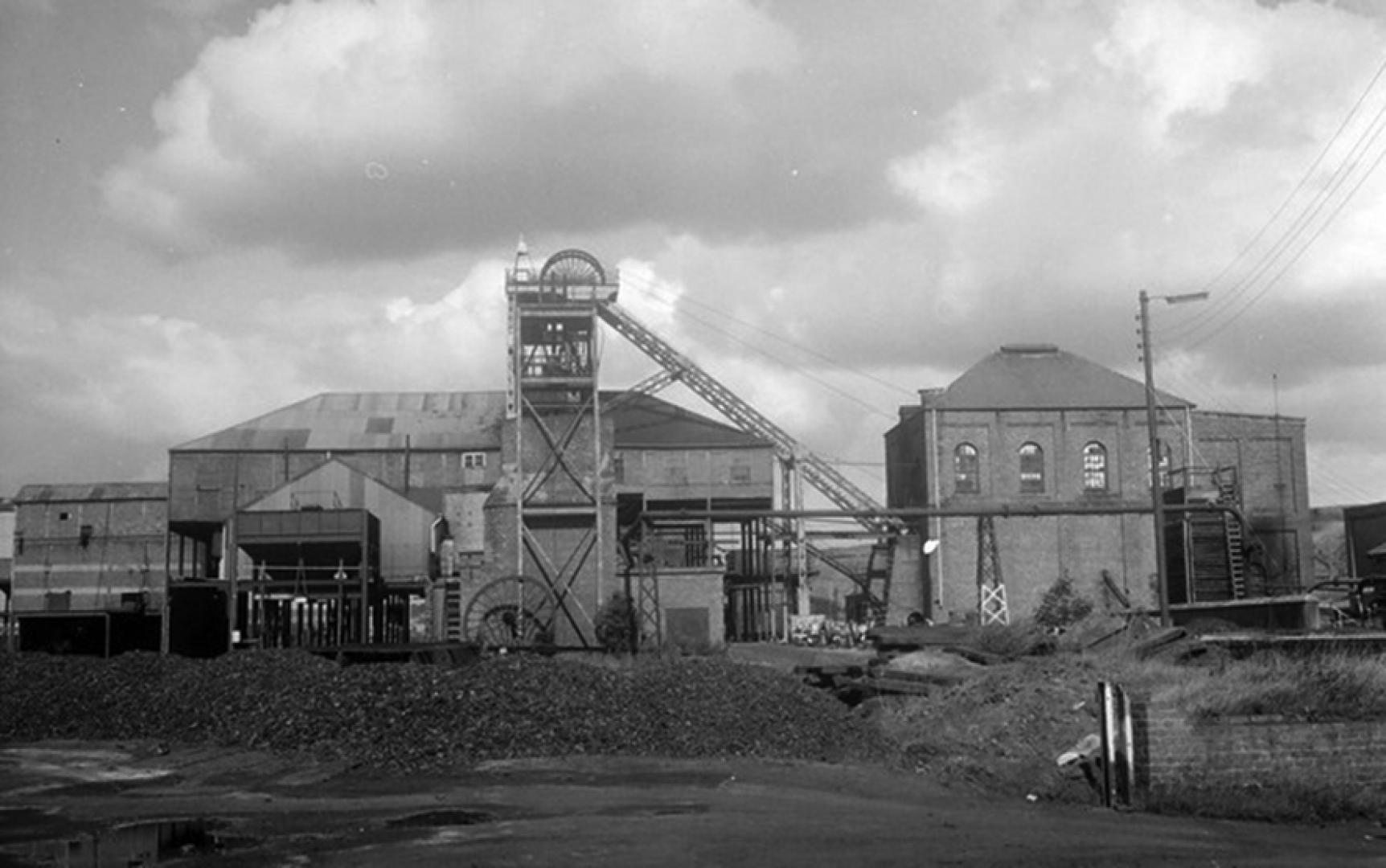In her latest occasional column, Dorothy Blundell continues to take a sideways look at the collections of The Bowes Museum
TWO men walk into a bar: a blue-blood coal merchant and a blue-scarred miner. They discover what they have in common is not just coal, but oil – or rather oils. For the wealthy merchant collects paintings and the miner paints them.
Alas, these two men never did meet to share tales over a pint or two, but in a fantasy game of “what if” it is entertaining to wonder how the conversation might have flowed.
These County Durham men – John Bowes and Norman Cornish – were, in fact, born almost 100 years apart.
John Bowes was born in 1811, the son of the 10th Earl of Strathmore. He used his wealth, fuelled by coal deposits under his land to create The Bowes Museum and its collections.
Norman Cornish, born 1919, joined the ranks of miners who bore scars left blue by coal dust when he went down the pit aged 14.
He loved to sketch and paint from a young age and finally swapped pick-axes for paintbrushes after 30 or so years of back-breaking toil.
He became one of the UK’s most respected and best loved artists of the 20th century. An exhibition of his art can be seen at the museum until January 17, 2021 – and it is definitely a must-see.
Cornish’s paintings and drawings of pit communities tell the story of hard-lived lives; of people who endured despite their adversities. The images are vividly evocative of an industry now slipping beyond living memory.
Put simply, he turned coal into diamonds with his art. Looking at his paintings, you can feel almost as if you are there: listening to the bar-room hum and clink of chatter and glasses, or feeling the rain creep down your neck as you trudge along the pit road to work.
Just as Cornish followed in the footsteps of his father and grandfather, so did Bowes.
Generations of the Bowes family profited from vast tracts of the fossil fuel beneath their lands and John Bowes carried on that tradition with around ten pits, employing thousands of men and boys.
The company, John Bowes and Partners, in its heyday, produced around two million tons of coal and 250,000 tons of coke a year. His was one of the great firms in the English coal industry.
As a pit owner, Bowes preferred to handle matters by letter and agents. In 1883, in one of his letters to his agent, written two years before his death and in reflective mood, he states: ‘I can confidently say that at all times I have acted (as was most natural for me to do) in the interest of the Firm, and I feel convinced that you and others will some day see that such was the case.’
Bowes’ coal-into-diamonds legacy is the museum he and his wife Josephine built and filled with treasures. Bowes bequeathed the museum trustees £135,000, but it could not be paid until the colliery business was sold.
After years of wrangling, the trustees received £50,000 in 1900, followed a year later by £34,500. The courts ruled another £105.319 was due, and that was paid on July 1905. From that date, the museum’s links with the coal trade disappeared, though there have been exhibitions focusing on the region’s mining heritage, notably Shafts of Light in 2014, and then last year, the Norman Cornish Centenary Exhibition arrived.
Bowes was a man who hated pretentiousness and pomposity. He shunned the lifestyle of the idle rich in favour of public service, doing business and trying to improve the lot of the working man.
Part of the motive for the museum was to educate ordinary people: to encourage them to learn about and delight in the wider world.
So in our fantasy, the conversation between them might have gone something like this:
JB: “What do you do for leisure?”
NC: “I paint what I know. I paint the world around me.”
JB: “My wife paints a bit. We are building a museum… perhaps we could show some of your work?”
Seeing the work of Norman Cornish displayed in the museum is to see how art can truly elevate the lives of working people.
John Bowes would have been delighted.
The Bowes Museum is open daily 10am to 5pm. See thebowesmuseum.org.uk or call 01833 690606. The Norman Cornish Centenary Exhibition runs until January 17, 2021.







